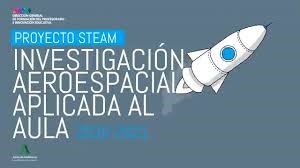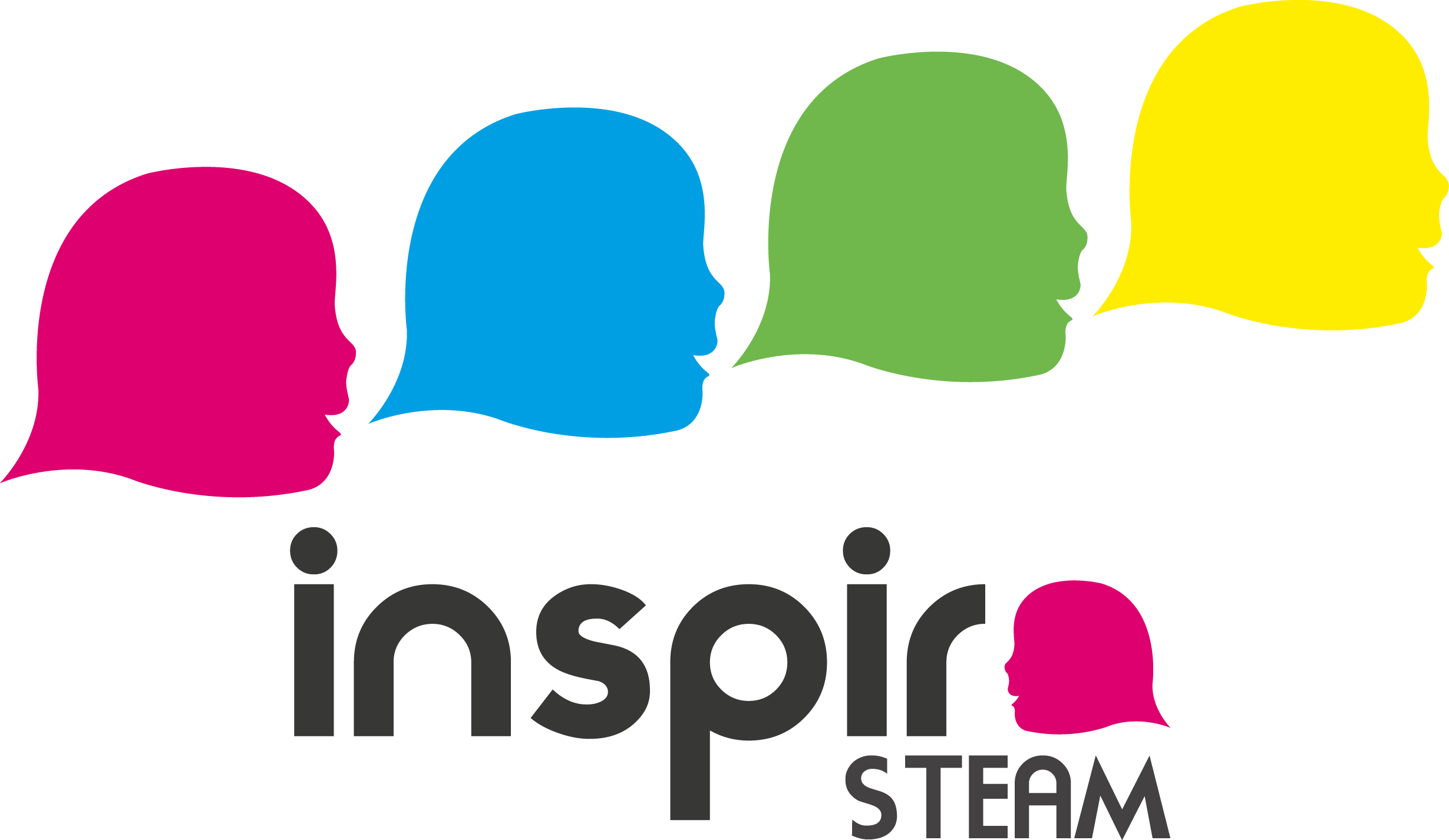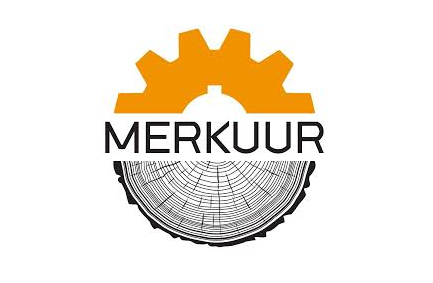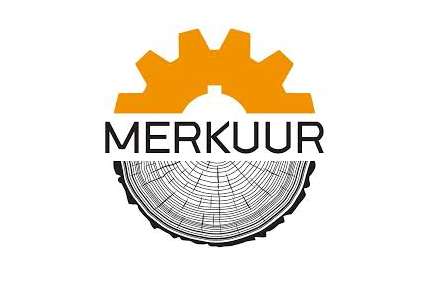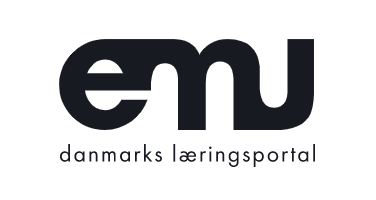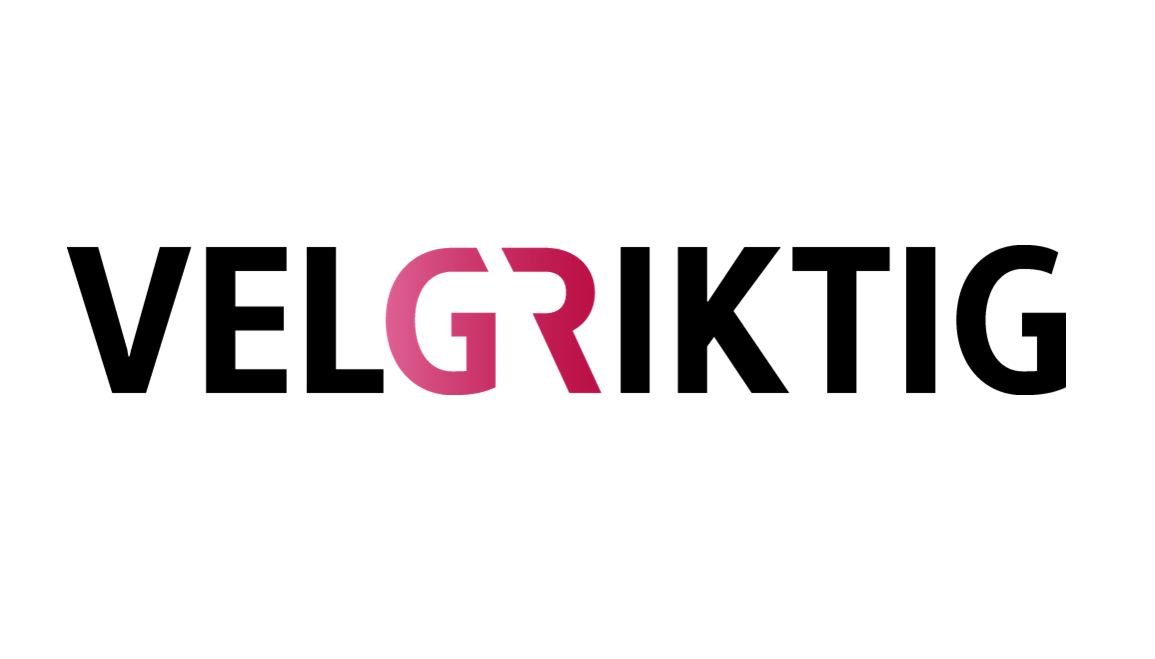Female STEAM talents ('Aquí STEAM UPC')
Aquí STEAM UPC is an initiative of the Universitat Politècnica de Catalunya (UPC) to attract female talent to study technology and engineering targeted at girls between 9 and 14 years old in Catalonia. The program aims to break the stereotypes and gender roles established in society and make visible new female references in an attractive and close way for girls.
Aquí STEAM UPC is an initiative of the Universitat Politècnica de Catalunya (UPC) to attract female talent to study technology and engineering. The programme is specifically aimed at girls between 9 and 14 years old in Catalonia. The program aims to break the stereotypes and gender roles established in society and make visible new female references in an attractive and close way for girls. The main objective of the e Aquí STEAM UPC is to:
- promote scientific-technological vocations, especially among primary school students
- break the stereotypes and gender roles associated with engineering and technology
- make visible new models and female referents in these fields
- empower girls and improve the knowledge of professionals linked to STEAM.
One of the key components of the project is a training programme aimed at teachers of primary and secondary schools, aimed at introducing a gender perspective in educational action, in accordance with the principles of co-education and equal opportunities. Schools participating in the project obtain:
- Registration and free participation in the training program “How to incorporate STEAM actions in our schools. Designing action plans for primary and secondary education”, a workshop aimed at primary and secondary education teachers with didactic proposals to encourage scientific and technological vocations in the classroom from a gender perspective.
- Recognition of schools that promote specific actions for gender equality and the promotion of scientific and technological vocations among their students through the Aquí STEAM UPC badge, which articulates the network of participating schools and institutes. The seal will establish a common framework for deploying pedagogical innovation projects in these areas in schools.
- The registration and participation of schools in the program of activities to promote scientific and technological vocations organized by the UPC (talks, conferences, informative workshops, visits, etc.) in the framework of the actions of information and guidance of studies.
- The creation of a space for the generation and experimentation of ideas and proposals that promotes new synergies between primary education and the University in the fields of the promotion of technological vocations and gender equality through a platform with practices , pedagogical resources for teachers, methodologies, activities for students, etc.
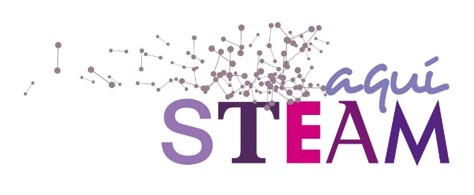
The pilot project (first scholar year) has been highly valued by schools. Of the 23 that responded to the satisfaction survey, 18 schools rated the activities with the highest score (82%), while 19 schools rated the UPC teachers and researchers who presented the activities with the highest score (86% of schools).
The UPC offers schools and institutes in Catalonia this project that highlights the areas of STEAM (science, technology, engineering, art and mathematics) and shows that professional skills are not linked to gender. For scholar year 2019-2020 a total of 28 schools (upper primary and lower secondary school levels) participated in the project (2.000 boys and girls). In this first edition 40 activities have been developed (talks, workshops, conferences) and 28 professors and researchers from the UPC have been involved in liaising with the schools. For scholar year 202-2021, 26 new schools have been added to the program.
The project funding is included in the UPC budget, following the UPC action plan 2018-2021.






